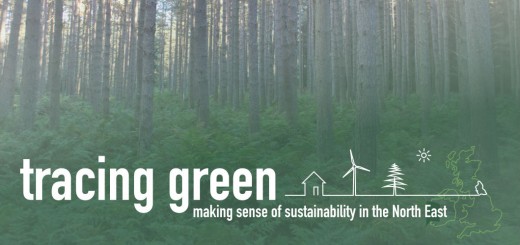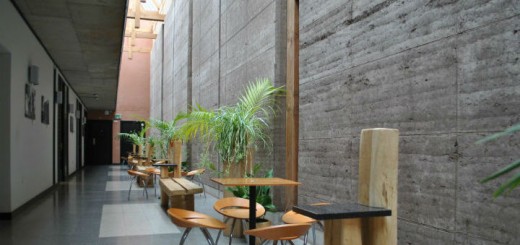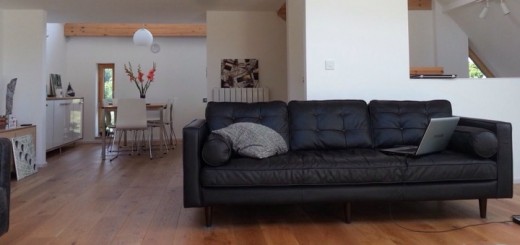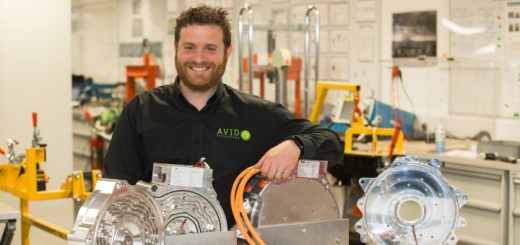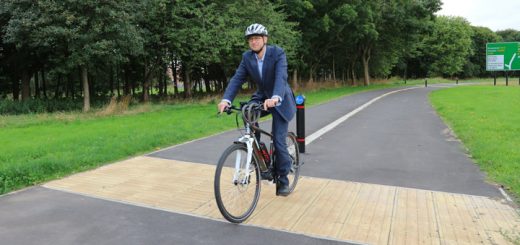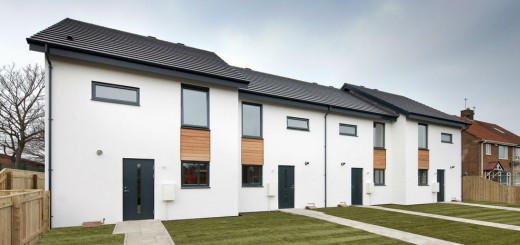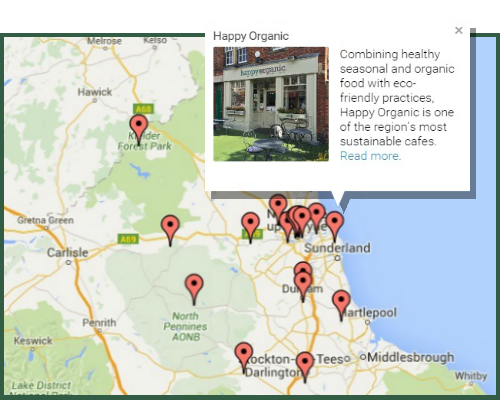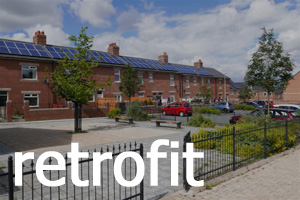Thermal Delight
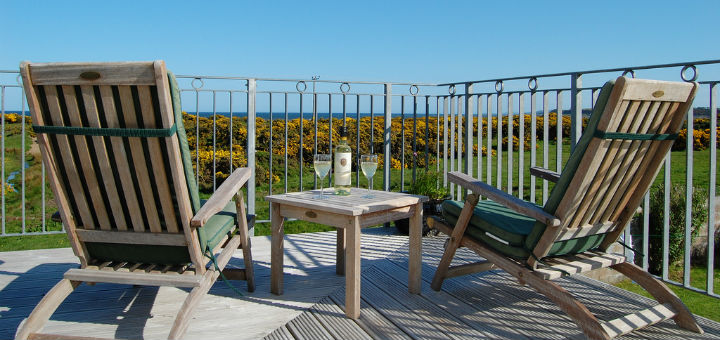
With highly insulated homes, and autonomous heating and ventilation systems, are we in danger of losing the delight in our thermal environment?
This Easter weekend has brought us the first day of the year that we can call comfortably warm. I’m writing this on the deck of a static caravan on the Northumbrian coast. With an almost cloudless sky the sun is delightfully warm, and there’s a gentle breeze bringing birdsong and the smell of the sea. Memorable moments are enriched with such sensory stimulation.
In the late 1970’s, American author Lisa Heschong wrote a seminal book called Thermal Delight in Architecture (1). Her thesis was that thermal qualities such as warm, cool, humid, airy, radiant and cozy are an important part of our experience of a space. Whilst designing a passive solar house she got to thinking about how central heating and air conditioning systems were creating thermally uninteresting buildings.
‘There is an underlying assumption that the best thermal environment never needs to be noticed and that once an objectively “comfortable” thermal environment has been provided, all of our thermal needs will have been met.’ (2)
I wrote about thermal comfort in our recent post, How Warm is your House. Our understanding of the perception of temperature has allowed us to develop techniques to maintain comfort whilst minimising energy use. But are we still at risk of losing the delight from our low energy buildings?
The fact that we seek out extremes of temperature is a demonstration of what stimulates us. Think of sunning yourself on a Mediterranean beach before cooling off in the sea. Consider sweltering in a Scandinavian sauna before rolling in the snow. Closer to home, how delightful is it to sit by the fireside on a wintry day?
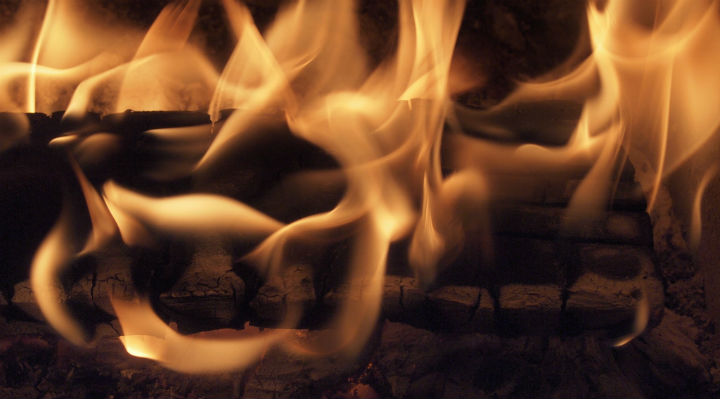
Let’s take a closer look at the fireplace. The hearth is considered by many in the higher latitudes to be the heart of the home. But, in a low-energy house, the heat given off by a fire can be unnecessary even causing overheating. Surely, if we’re trying to minimise our carbon emissions, a fossil-fuel fireplace is an anachronism. Is a longing for the smell of woodsmoke and the hissing of a fire any different from wishing there were still steam trains on our rail network? It’s a tricky question to answer and everyone has a personal response.
I’ve recently asked the question of two owners of low energy homes in the North East. Coincidentally, I visited both houses on snowy winter days. For one owner, a wood burning stove was a non-negotiable part of her brief. In fact she installed a stove as the primary means of space heating. The second owner had spent her life relying on farmhouse fireplaces, and battling with temperamental kitchen ranges. She was delighted to live in a simple Passivhouse which didn’t need any effort to maintain thermal comfort. The novelty of smoking chimneys had worn off!
Personally, I feel there is something primal we gain from a hearth. Yes, the focussed heat source draws us in, but our other senses are also stimulated by the sound of the crackling, the smell of the woodsmoke, and the mesmerising flickering of the flames. We may only light the stove occasionally, and it may overheat our home for a while, but you can always open a window! Brenda and Robert Vale came to the same conclusion in their Autonomous House. They designed and built a house with no requirement for space heating, but still installed a small wood burner for psychological warmth during long periods of overcast weather.
‘The use of the wood burning stove was not connected to the need for heat and had as much to do with mood and a sense of well-being as with straightforward thermal considerations’ (3)
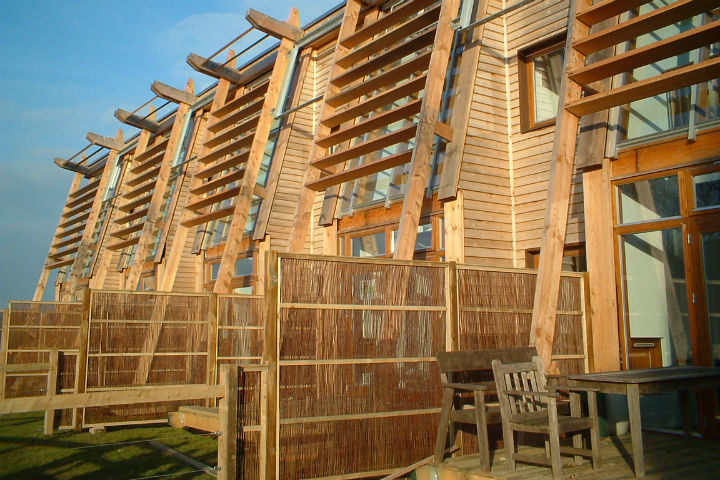
At the other end of the thermal spectrum, Lisa Heschong also writes about vernacular methods of staying cool. The wrap around American verandah providing outdoor shading, and the Islamic courtyard gardens, kept cool with running water and shaded stone floors. With global warming charting its current course, keeping houses cool in the UK is becoming increasingly important. This will bring us further opportunities for thermal delight. Good passive solar design can keep us warm in winter and cool in summer, keeping us in touch with the rhythms of the sun.
I’m afraid to say that static caravans, like the one I’m in now don’t have a great reputation for thermal performance, being too hot in Summer and cold in Winter. Nevertheless, the thermal environment on a day like this is delightful, and as if by chance, the Ice Cream Van has just arrived.
References
(1) Thermal Delight in Architecture, Lisa Heschong (MIT Press, 1979)
(2) p.2, ibid
(3) p.208, The New Autonomous House, Brenda and Robert Vale (Thames and Hudson, 2000)
Photo credits, in order of appearance:
(1) Sands of Luce Holiday Park
(2) Skittledog
(3) Great Bow Yard, Langport by Stride Treglown Architects



